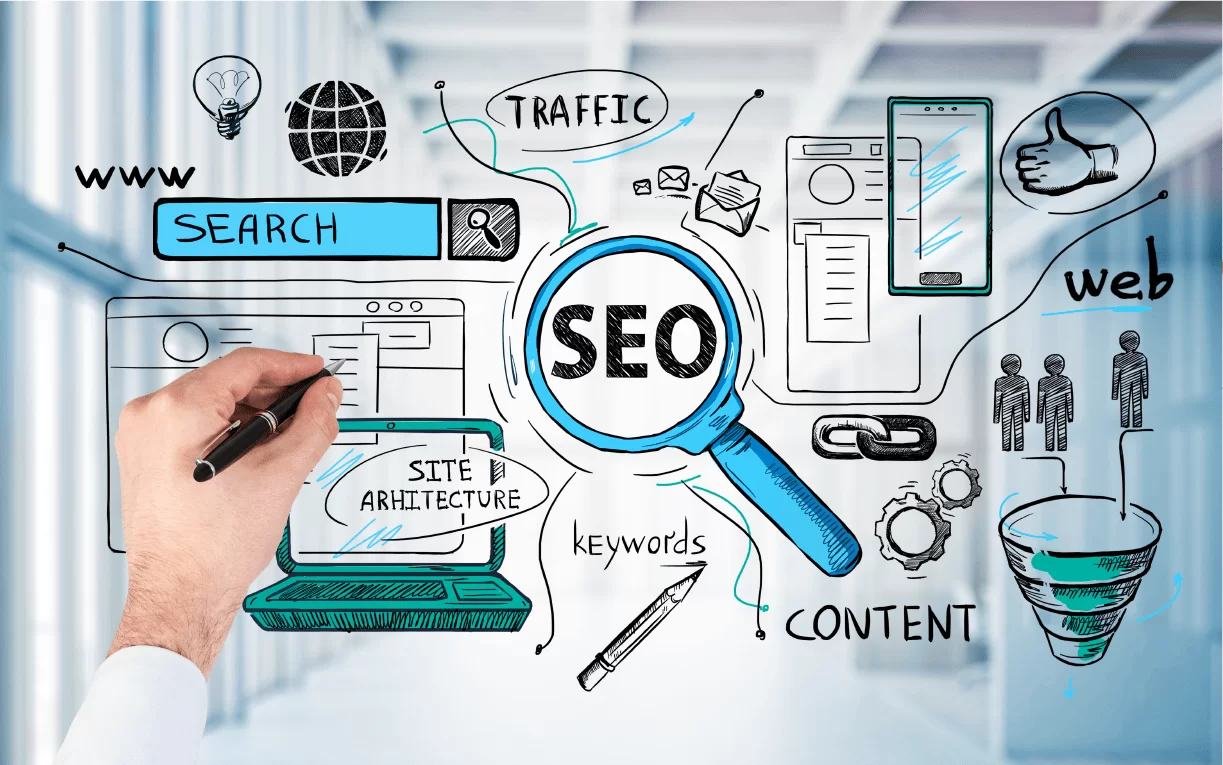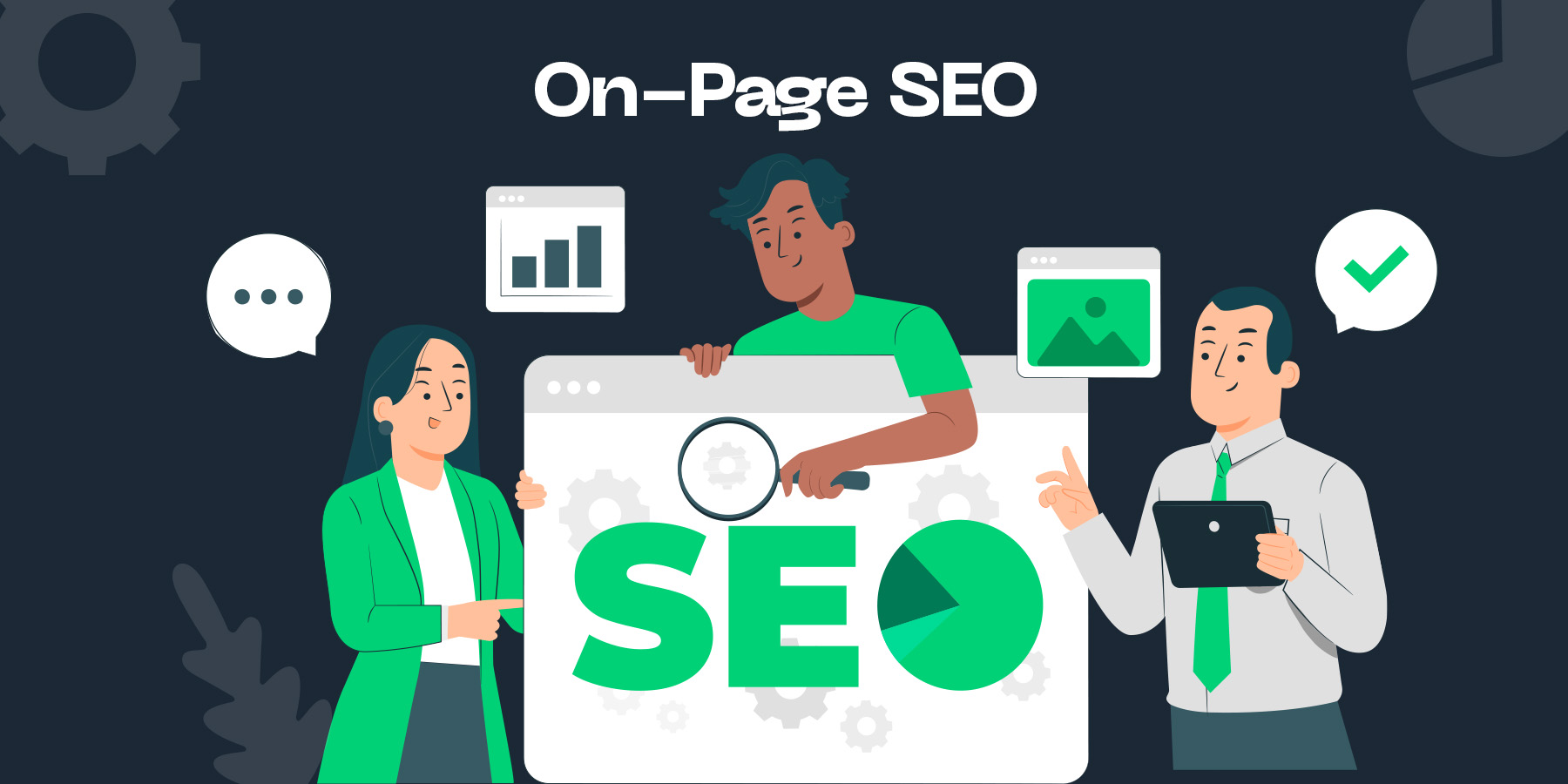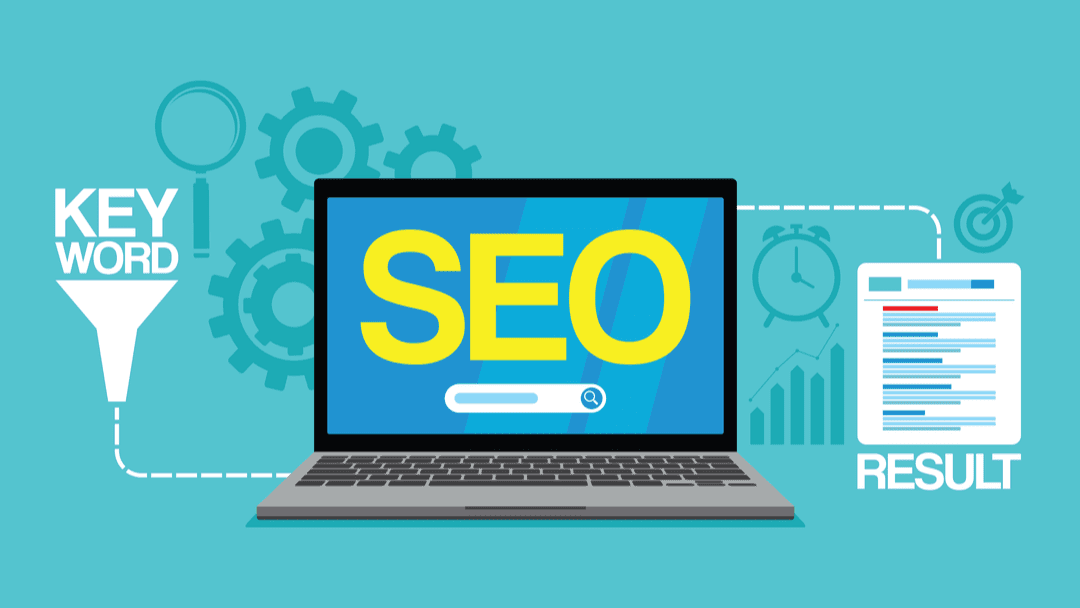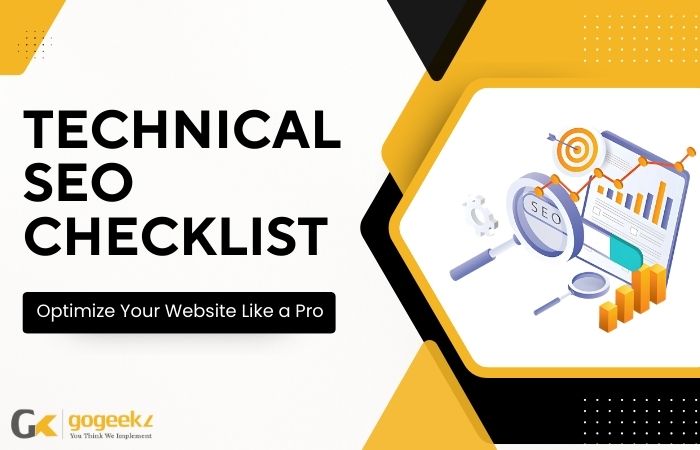Introduction: On-Page SEO Is Still the Cornerstone of Search Success
Despite the rise of AI-generated content, voice search, and evolving Google algorithms — on-page SEO still remains one of the most critical factors for ranking.
On-page SEO isn’t just about keywords — it’s about creating clarity, structure, and intent signals for both users and search engines.
A well-optimized page increases:
- Crawlability
- Time-on-site
- Conversions
- Trust signals
- Revenue
If you want to outrank your competition and appear in local or global search, here are 7 on-page SEO techniques you should implement now — with step-by-step tips, tools, and examples.

1. Optimize Your Title Tags Strategically
Your title tag is the first impression you make on both Google and users.
Quick Tip:
Google rewrites over 61% of title tags — usually when they’re too long, keyword-stuffed, or unclear.
How to Craft an SEO-Friendly Title Tag:
| Element | Best Practice |
| Length | Under 60 characters |
| Keyword placement | Front-load your primary keyword |
| Emotional triggers | Use power words: “Easy,” “Proven,” “Complete,” “2025” |
| Formatting | Use pipes ( |
Example Breakdown:
Topic: Cybersecurity Training for Businesses
Bad Title: “Cybersecurity Services and More”
Good Title: “Cybersecurity Training for Small Businesses | Protect Your Team in 2025”
Tool to Use: SERPsim – to preview your title on Google
Common Mistakes:
- Using your brand name first (unless you’re a household name)
- Repeating keywords: “SEO SEO Tips SEO for SEO”
2. Create Compelling Meta Descriptions (for Humans)
Even though meta descriptions aren’t a direct ranking factor, they influence CTR (click-through rate), which can impact rankings over time.
A Great Meta Description Should:
- Be 155–160 characters
- Include a call-to-action
- Contain your primary keyword naturally
- Highlight what’s in it for the reader
Example:
“Learn the 7 most effective on-page SEO techniques in 2025. Boost your rankings, improve UX, and increase conversions. Start optimizing today!”
Tip: Google often pulls text from the first paragraph if your meta description isn’t strong — so your opening sentence matters too.

3. Use a Clear Header Hierarchy (H1–H6)
Header tags are not just for design — they are essential for semantic structure, content hierarchy, and accessibility.
How to Structure Headers:
- H1 = Page/Main topic (use only once)
- H2s = Key sections or supporting ideas
- H3s = Subpoints under H2s
- H4–H6 = Use for deeper breakdowns if needed
Use Case:
A dental clinic website used only <b>bold text</b> to create visual hierarchy. After restructuring with proper headers and adding long-tail keywords in H2s, their blog traffic jumped 38% in 45 days.
Myth vs. Fact
| Myth | Fact |
| “H1 is enough — ignore the rest” | H2–H4 help Google understand page depth |
| “You can use multiple H1s” | Technically allowed, but not recommended |
Tools: Screaming Frog → “H1 Missing / Duplicates” reports
4. Internal Linking: Build Authority from Within
Google uses internal links to:
- Discover new content
- Determine which pages are most important
- Pass authority (“link juice”) across your domain
Best Practices:
- Use descriptive anchor text (e.g., “Learn how cloud backups work,” not “click here”)
- Link older blog posts to newer ones and vice versa
- Prioritize linking to conversion-focused pages
Pro Tips:
- Create a content hub with cornerstone pages that other posts link back to
- Use internal links to guide visitors deeper into your funnel (e.g., from blog → service page → contact)
Tools:
- Ahrefs > Site Audit > Internal Links Report
- Link Whisper (WordPress plugin) for smart suggestions
Read More : Top Benefits of IT Support for Small Businesses

5. Image Optimization: Performance + SEO in One
Images make your page beautiful — but if unoptimized, they’ll slow you down and hurt Core Web Vitals.
40% of users abandon a website that takes more than 3 seconds to load.
Best Practices:
- Use descriptive file names and alt text
- Compress images (TinyPNG, ImageOptim, ShortPixel)
- Use WebP format for performance
- Lazy-load images (especially for blogs)
- Add structured data for product/service images where relevant
Example:
Image name: img001.jpg → ❌
Image name: on-page-seo-techniques-infographic.webp → ✅
Bonus Benefit: Optimized images often rank in Google Image Search, driving long-tail organic traffic.
6. Core Web Vitals Optimization (Google Ranking Factor)
These three performance-based metrics are critical for user experience and rankings:
| Metric | Target | What It Measures |
| LCP (Largest Contentful Paint) | <2.5s | Page load speed |
| FID (First Input Delay) | <100ms | Page interactivity |
| CLS (Cumulative Layout Shift) | <0.1 | Visual stability |
What You Can Do:
- Minify CSS and JavaScript
- Defer non-critical scripts
- Optimize fonts and use system fonts
- Use CDN and server-side caching
- Prioritize mobile-first design
Tip: Use Google’s PageSpeed Insights, Lighthouse, or GTmetrix weekly.

7. Intent-Driven Keyword Optimization
In 2025, Google cares more about what the user wants than exact-match keyword frequency.
Keyword Strategy Breakdown:
| Type | Example |
| Primary | on-page SEO techniques |
| Secondary | SEO for small business, on-site SEO |
| Long-tail | how to optimize title tags for SEO |
| Location-based | on-page SEO services in Vancouver |
| Question-based | what is the best way to improve SEO rankings? |
Pro Tip: Use SurferSEO or Frase.io to uncover semantic keywords and keyword density by comparing top-ranking pages.
Additional On-Page SEO Mistakes to Avoid
- Using duplicate meta titles or descriptions across pages
- Not having a mobile-responsive design
- Forgetting to submit updated URLs in Google Search Console
- Linking externally without rel=”nofollow” when needed
- Ignoring user experience (scroll depth, layout, CTAs)
Metrics You Should Track After On-Page Optimization
| Metric | Why It Matters |
| Organic traffic | Shows search visibility |
| Bounce rate | Reflects content relevance/UX |
| Average session duration | Indicates engagement |
| Click-through rate (CTR) | Measures meta/title effectiveness |
| Keyword rankings | Direct impact of SEO efforts |
| Pages per session | Reveals internal linking effectiveness |
Conclusion
Mastering on-page SEO isn’t about tricks — it’s about delivering clarity, structure, and relevance. When you align user experience with search engine expectations, your rankings, traffic, and revenue all improve.
By implementing these 7 techniques — and avoiding common mistakes — you set your content up for long-term visibility and engagement.
At GoGeekz, we don’t just do SEO — we live it.
Want to skyrocket your website rankings and boost conversions with professional SEO?
Book a FREE SEO Audit & Strategy Session with GoGeekz
FAQs
Industry Experiences
Innovative services for your business
We’re dedicated to making your businesses reliable, efficient, and safe.
We’re a one-stop solution for everything IT you need. Whatever you need, we got you covered:
Every 6–12 months or anytime there’s a major Google algorithm update. Every 6–12 months or anytime there’s a major Google algorithm update.
Yes — keyword stuffing, forced internal links, or repeating headers can trigger penalties.
Not necessarily — use it strategically (e.g., blog articles, product pages, FAQs, reviews).
Only if it’s edited by humans for accuracy, tone, and engagement. Quality = King.





